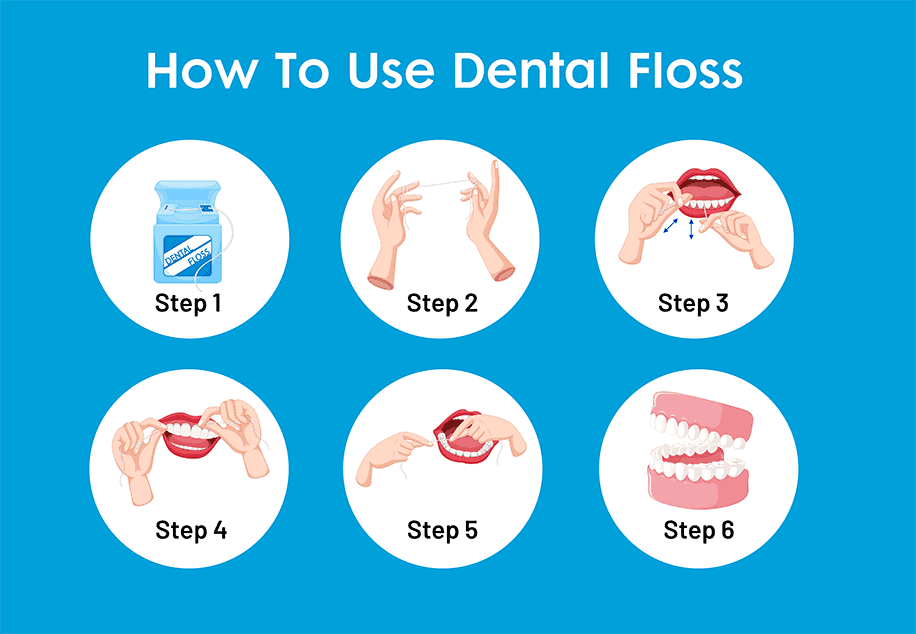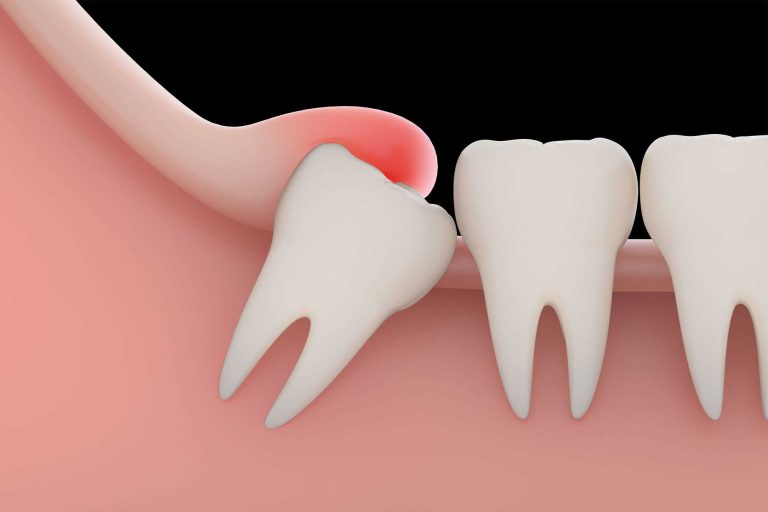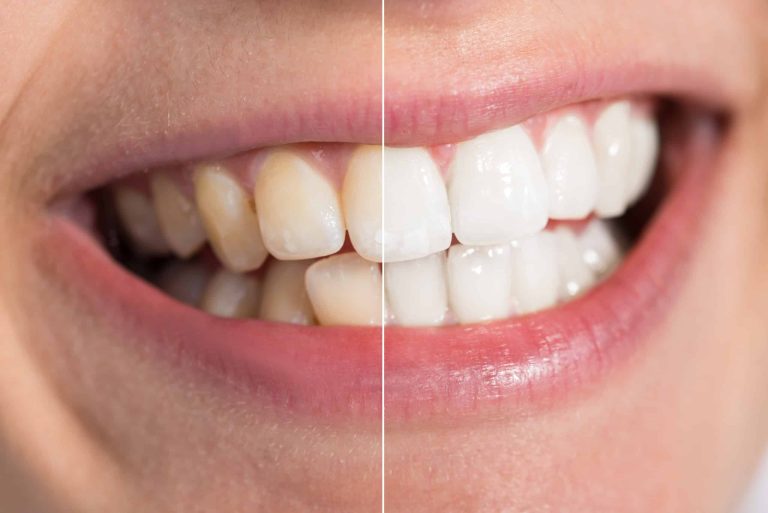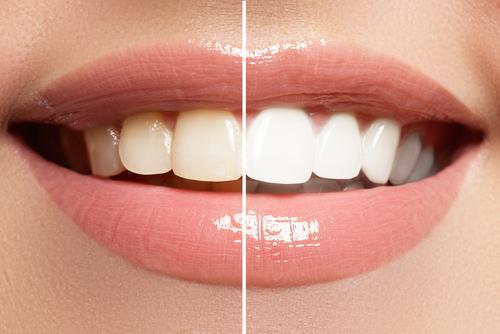how to floss your teeth: A Comprehensive Guide
The Importance of Flossing
Flossing is an essential part of maintaining good oral hygiene. While brushing your teeth is crucial for removing plaque and food particles from the surfaces of your teeth, flossing is the only way to clean the hard-to-reach areas between teeth and under the gum line. Neglecting to floss can lead to a buildup of plaque and bacteria, increasing the risk of gum disease, cavities, and other dental problems.
Benefits of Proper Flossing
Regular flossing offers numerous benefits for your oral health, including:
- Removing plaque and food particles from areas your toothbrush can’t reach
- Preventing gum disease by eliminating bacteria and plaque buildup
- Reducing the risk of tooth decay and cavities
- Freshening your breath by removing trapped food particles
- Improving overall dental health and hygiene
Choosing the Right Floss
Types of Floss
Waxed Floss
Waxed floss is coated with a thin layer of wax, making it easier to slide between teeth without shredding or fraying. This type of floss is suitable for those with tight teeth spacing or for those who find unwaxed floss too rough or uncomfortable.
Unwaxed Floss
Unwaxed floss, also known as regular floss, is a simple, uncoated nylon or silk thread. It’s a good choice for those who prefer a more natural option or for those with wider gaps between their teeth.
Floss Picks and Threaders
Floss picks are small, disposable tools that have a piece of floss pre-threaded through a plastic handle. They can be useful for those with limited dexterity or for flossing on the go. Threaders are designed to help guide floss between teeth with tight spacing or under dental work, such as bridges or orthodontic appliances.
Floss Thickness and Width
Floss comes in various thicknesses and widths to accommodate different needs. Thicker floss may be more effective for removing plaque and food particles, while thinner floss can be better for navigating tight spaces between teeth.
Preparing for Flossing
When to Floss
While there is no definitive best time to floss, it’s generally recommended to do so once a day, either before or after brushing your teeth. Some dental professionals suggest flossing before brushing to help dislodge food particles and plaque, which can then be more effectively removed by brushing.
Proper Flossing Technique
Before flossing, it’s important to have the right technique. Here are some tips:
- Cut off about 18 inches (45 cm) of floss and wind most of it around the middle finger of one hand, leaving a few inches to work with.
- Hold the floss tightly between the thumbs and index fingers of both hands, leaving about an inch (2.5 cm) of floss to work with.
- Gently slide the floss between your teeth using a gentle rubbing motion.
Step-by-Step Guide to Flossing
Flossing the Upper Teeth
- Start with the upper teeth, guiding the floss between each tooth and the gum line.
- Curve the floss into a C-shape against one tooth and gently move it up and down against the side of the tooth.
- Repeat this process for the adjacent tooth, ensuring that you clean both sides of each tooth and the gum line.
Flossing the Lower Teeth
- Repeat the same process for the lower teeth, starting from the back and working your way forward.
- Be careful not to snap the floss against the gums, as this can cause irritation or bleeding.
Flossing Behind the Back Teeth
- Flossing behind the back teeth can be challenging, but it’s essential for removing plaque and food particles.
- Use a gentle back-and-forth motion to work the floss between the teeth and the gum line.
Common Mistakes to Avoid
- Avoid snapping or forcing the floss, as this can damage your gums or cause the floss to break.
- Don’t reuse the same section of floss for multiple teeth, as this can spread bacteria and plaque.
- Be gentle and avoid excessive force, as this can cause gum irritation or bleeding.
Tips for Effective Flossing
Establishing a Routine
Consistency is key when it comes to flossing. Establish a routine and make it a habit to floss at the same time each day, whether it’s in the morning, evening, or after meals.
Flossing After Brushing
While there is no definitive rule, many dental professionals recommend flossing before brushing. This allows you to dislodge food particles and plaque, which can then be more effectively removed by brushing.
Flossing for Children and Elderly
Flossing can be challenging for children and elderly individuals with limited dexterity. Consider using floss holders, picks, or threaders to make the process easier and more comfortable.
Dealing with Challenges
Flossing with Braces or Dental Work
If you have braces or other dental work, such as bridges or implants, flossing can be more challenging. Use specialized floss threaders or interdental brushes to clean around these areas effectively.
Handling Sensitive Gums
If you experience bleeding or discomfort while flossing, it may be a sign of gum sensitivity or inflammation. Be gentle and use a waxed floss or floss picks to reduce irritation. If bleeding persists, consult your dentist.
Overcoming Dexterity Issues
For those with limited dexterity or mobility, flossing can be a challenging task. Consider using floss holders, picks, or threaders to make the process easier and more comfortable.
Alternatives to Traditional Flossing
Interdental Brushes
Interdental brushes, also known as interdental cleaners or proximal brushes, are small brushes designed to clean between teeth and under the gum line. They can be an effective alternative or supplement to traditional flossing, especially for those with larger gaps between teeth or dental work.
Water Flossers
Water flossers, also known as oral irrigators, use a stream of water to remove plaque and food particles from between teeth and under the gum line. They can be particularly useful for those with limited dexterity or mobility, as well as those with braces or other dental work.
Conclusion
Flossing is a crucial part of maintaining good oral hygiene and should be a daily habit alongside brushing your teeth. By following the proper techniques and establishing a routine, you can effectively remove plaque and food particles from hard-to-reach areas, preventing gum disease, cavities, and other dental problems. Remember to choose the right floss, be gentle, and seek alternatives if you encounter challenges. With consistent and proper flossing, you can enjoy a healthier, brighter smile for years to come.
FAQs
How often should I floss?
It is recommended to floss once a day, either before or after brushing your teeth.
Is it better to floss before or after brushing? While opinions vary, many dental professionals suggest flossing before brushing to dislodge food particles and plaque, which can then be more effectively removed by brushing.
Can flossing cause gum bleeding?
Gum bleeding while flossing can occur, especially if you haven’t been flossing regularly. Be gentle and use a waxed floss or floss picks to reduce irritation. If bleeding persists, consult your dentist.
How long should I use the same piece of floss?
It’s best to use a new section of floss for each tooth or area to prevent spreading bacteria and plaque from one area to another.
Can flossing damage my teeth or gums?
Flossing should be done gently and with care. Aggressive or improper flossing can cause gum irritation, bleeding, or even damage to teeth or dental work. Follow proper techniques and consult your dentist if you have concerns or encounter difficulties.




